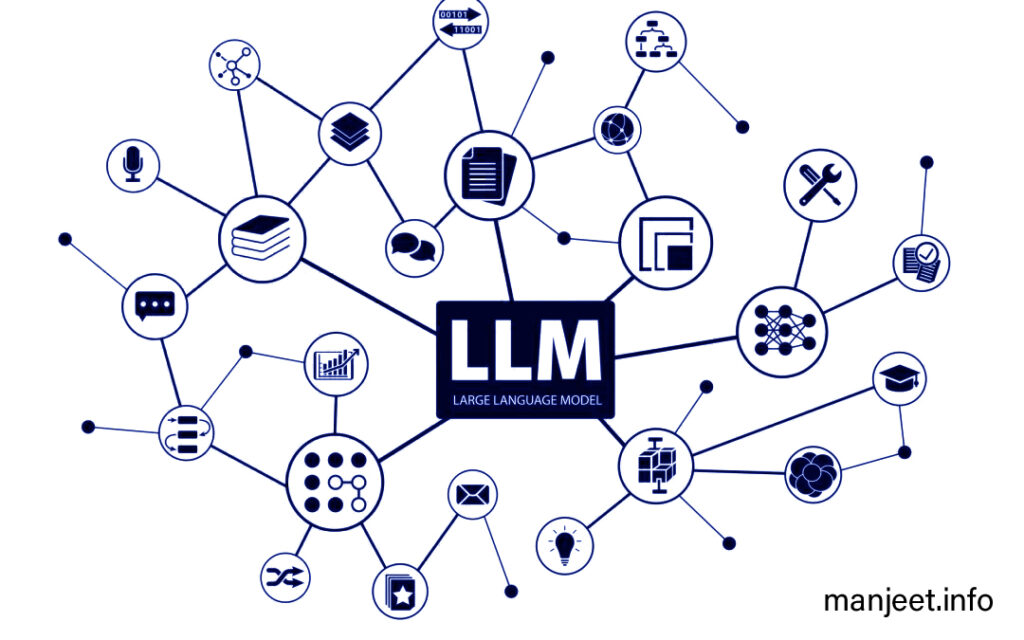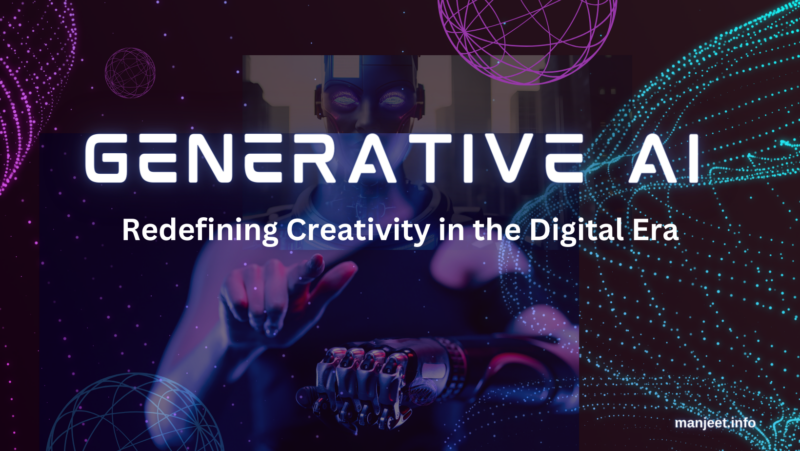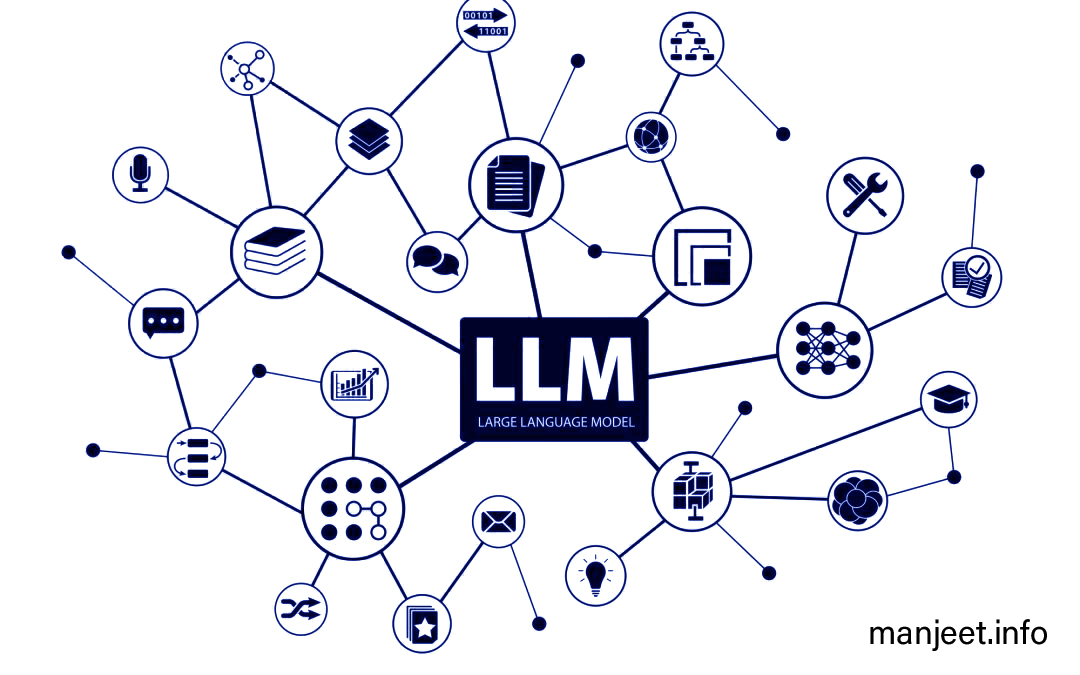In the realm of artificial intelligence and natural language processing, a transformative revolution is underway. At the heart of this revolution are Large Language Models (LLMs) like GPT-3 (Generative Pre-trained Transformer 3) and BERT (Bidirectional Encoder Representations from Transformers). These models are not just making waves; they’re causing seismic shifts in how we interact with technology. In this article, we’ll dive into the world of LLMs, exploring their architecture, applications, and impact on various industries.
What is Large Language Models?
At their core, LLMs are massive neural networks trained to understand and generate human-like text. They’ve been fine-tuned on vast datasets containing text from the internet, books, articles, and more. Their architecture is built on the Transformer model, a revolutionary design that enables efficient processing of sequential data.
How Do LLM Work?
LLMs are pre-trained on a massive corpus of text, learning grammar, semantics, and world knowledge. Once pre-trained, they can be fine-tuned for specific tasks, making them incredibly versatile. Their ability to understand context and generate coherent text is what sets them apart.
Applications of LLMs :
- Natural Language Understanding (NLU): LLMs can comprehend the nuances of human language, making them ideal for sentiment analysis, text classification, and chatbots.
- Content Generation: From article writing to poetry generation, LLMs can produce high-quality text.
- Translation: LLMs excel at translation tasks, bridging language barriers.
- Conversational AI: They power virtual assistants and chatbots, enabling more natural and human-like interactions.
- Healthcare: LLMs assist in medical record summarization and answering patient queries.
- Finance: They analyze financial news, predict market trends, and automate customer support.
The GPT-3 Phenomenon:
GPT-3, developed by OpenAI, is a shining example of LLM capabilities. With 175 billion parameters, it can perform tasks across multiple domains. Developers are finding innovative ways to integrate GPT-3 into their applications, from content generation to code writing.
Challenges and Ethical Concerns:
Despite their potential, LLMs aren’t without challenges. They sometimes generate biased or offensive content. Ethical concerns regarding misuse, privacy, and control are hot topics of debate. Responsible AI development is crucial.
The Future of LLMs:
The journey of LLMs is just beginning. Researchers are pushing the boundaries, creating models that understand not only text but also other data types like images and audio. Multimodal LLMs are poised to revolutionize AI further.
Learn more about Can AI replace software develoeprs ?
Conclusion: Large Language Models are more than just technological marvels; they’re shaping the future of human-computer interaction. As they become more accessible, it’s up to us to harness their power responsibly, ensuring that they benefit society as a whole.







